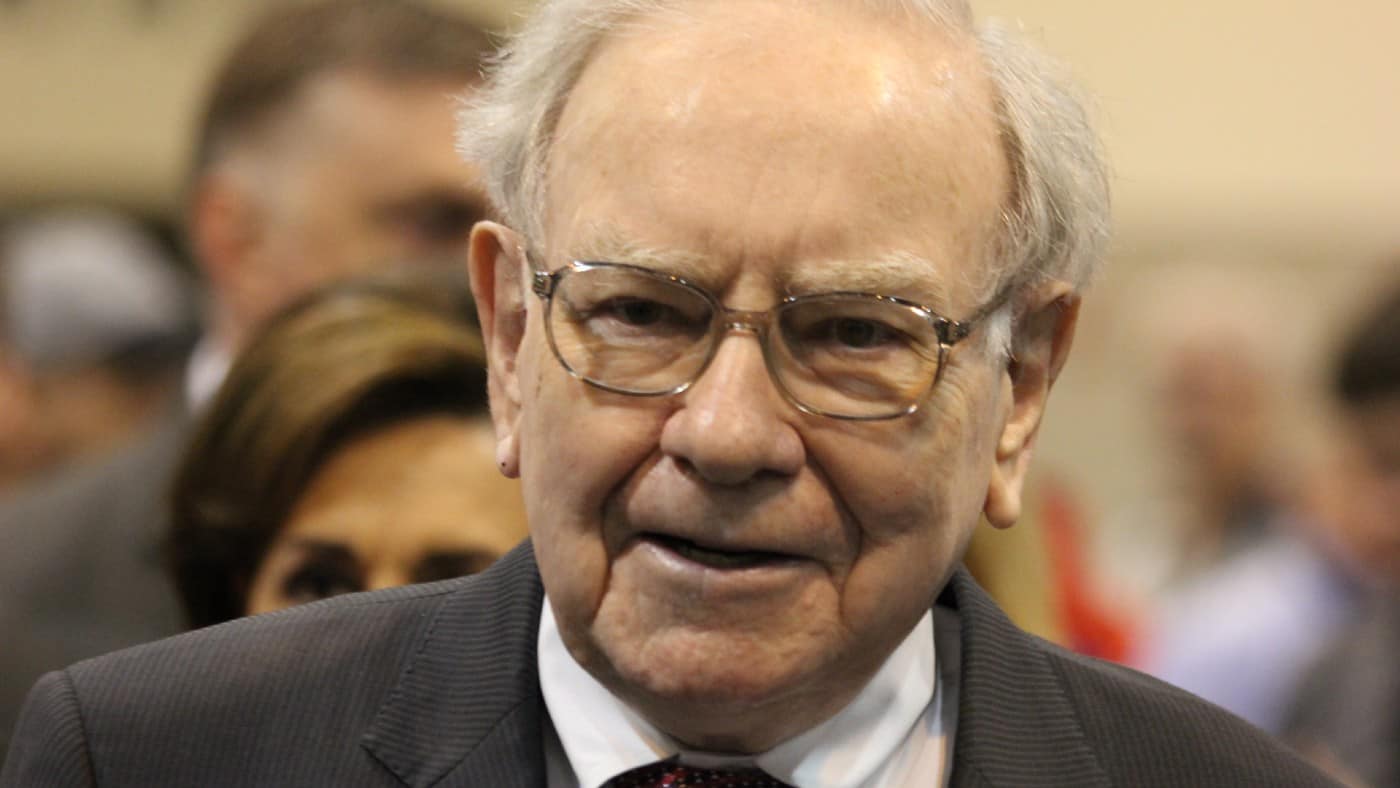At 6.8%, UK inflation is finally starting to cool off. However, the devaluation of money continues to be a prominent threat to investors. And there’s no substitute for experience when navigating such economic environments. That’s why I think learning from veterans like Warren Buffett is a prudent move today.
Since launching his investment firm in the 1960s, Buffett has been through multiple inflationary periods. That includes 1975, when inflation reached as high as 24.4%! So, what tactics did he use to keep his portfolio on track for long-term success? Let’s explore.
Cash is king
Inflation creates two primary problems that businesses have to contend with.
The first is slowing growth. The devaluation of currency drives up the price of raw materials and commodities. As such, it becomes more expensive for companies to produce goods and services. And businesses then pass on these higher expenses to consumers to protect margins where possible. This in turn drives up the cost of living, placing pressure on household spending and causing economic growth to stagger.
The second is higher financing expenses. With central banks keen to ignite growth without further fuelling inflation, interest rates are hiked to allow the economy to cool off before slowly ramping back up sustainably.
With these in mind, one of the best traits a company can have during inflationary times is strong free cash flow generation. By producing excess organic profits from operations, firms can reduce or even eliminate their dependence on external financing, making problem #2 largely irrelevant. And while slower growth is still problematic, having plenty of liquidity on the balance sheet can ensure ample funds to continue dividends, buybacks, and expansion projects.
With that in mind, it’s no surprise that some of Warren Buffett’s biggest investments, like Apple and Coca-Cola, have free cash flow margins higher than 20%!
Searching for pricing power
With almost all businesses looking to pass on inflationary costs, consumers naturally start getting pickier over where they’re willing to spend money. As such, companies with weak pricing power may be able to protect profit margins, but sales volumes could tumble down the stairs in the process.
Trying to maintain both during economic wobbles is hard but not impossible. Firms with prominent brands with a quality reputation are more likely to succeed in this goal versus relatively unknown products or cheap knock-offs. And it’s a trait that both Apple and Coca-Cola share as global industry leaders.
There are never any guarantees when it comes to investing. And even the best businesses in the world can fail to live up to expectations if the wrong price is paid. But by following Warren Buffett’s example, investors can position their portfolios to weather the current inflationary storm before potentially going on to reach new heights. At least, that’s what I think.







